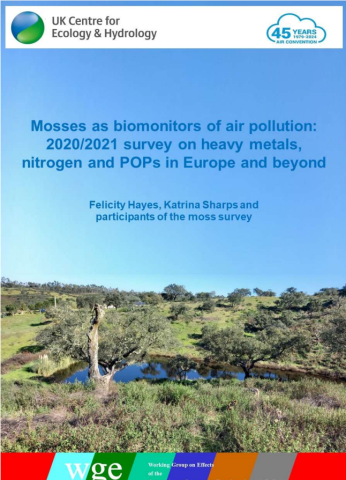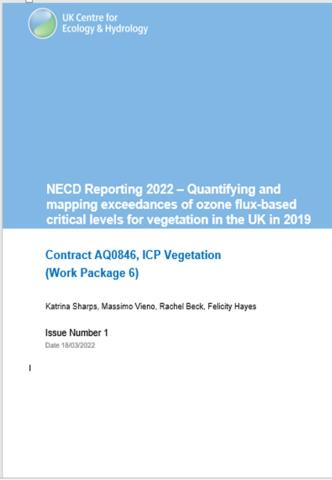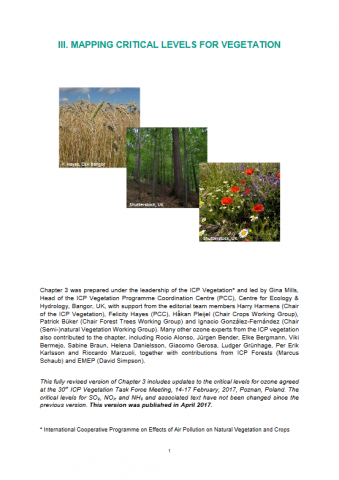| Title | Ozone risk assessment for agricultural crops in Europe: Further development of stomatal flux and flux-response relationships for European wheat and potato |
| Publication Type | Journal Article |
| Year of Publication | 2007 |
| Authors | Pleijel H., Danielsson H., Emberson L., Ashmore M.R, Mills G. |
| Journal | Atmospheric Environment |
| Volume | 41 |
| Pagination | 3022-3040 |
| Date Published | May |
| ISBN Number | 1352-2310 |
| Accession Number | WOS:000246323700010 |
| Keywords | ozone |
| Abstract | Applications of a parameterised Jarvis-type multiplicative stomatal conductance model with data collated from open-top chamber experiments on field grown wheat and potato were used to derive relationships between relative yield and stomatal ozone uptake. The relationships were based on thirteen experiments from four European countries for wheat and seven experiments from four European countries for potato. The parameterisation of the conductance model was based both on an extensive literature review and primary data. Application of the stomatal conductance models to the open-top chamber experiments resulted in improved linear regressions between relative yield and ozone uptake compared to earlier stomatal conductance models, both for wheat (r(2) = 0.83) and potato (r(2) = 0.76). The improvement was largest for potato. The relationships with the highest correlation were obtained using a stomatal ozone flux threshold. For both wheat and potato the best performing exposure index was AF(st)6 (accumulated stomatal flux of ozone above a flux rate threshold of 6 nmol ozone m(-2) projected sunlit leaf area, based on hourly values of ozone flux). The results demonstrate that flux-based models are now sufficiently well calibrated to be used with confidence to predict the effects of ozone on yield loss of major arable crops across Europe. Further studies, using innovations in stomatal conductance modelling and plant exposure experimentation, are needed if these models are to be further improved. (c) 2006 Elsevier Ltd. All rights reserved. |


